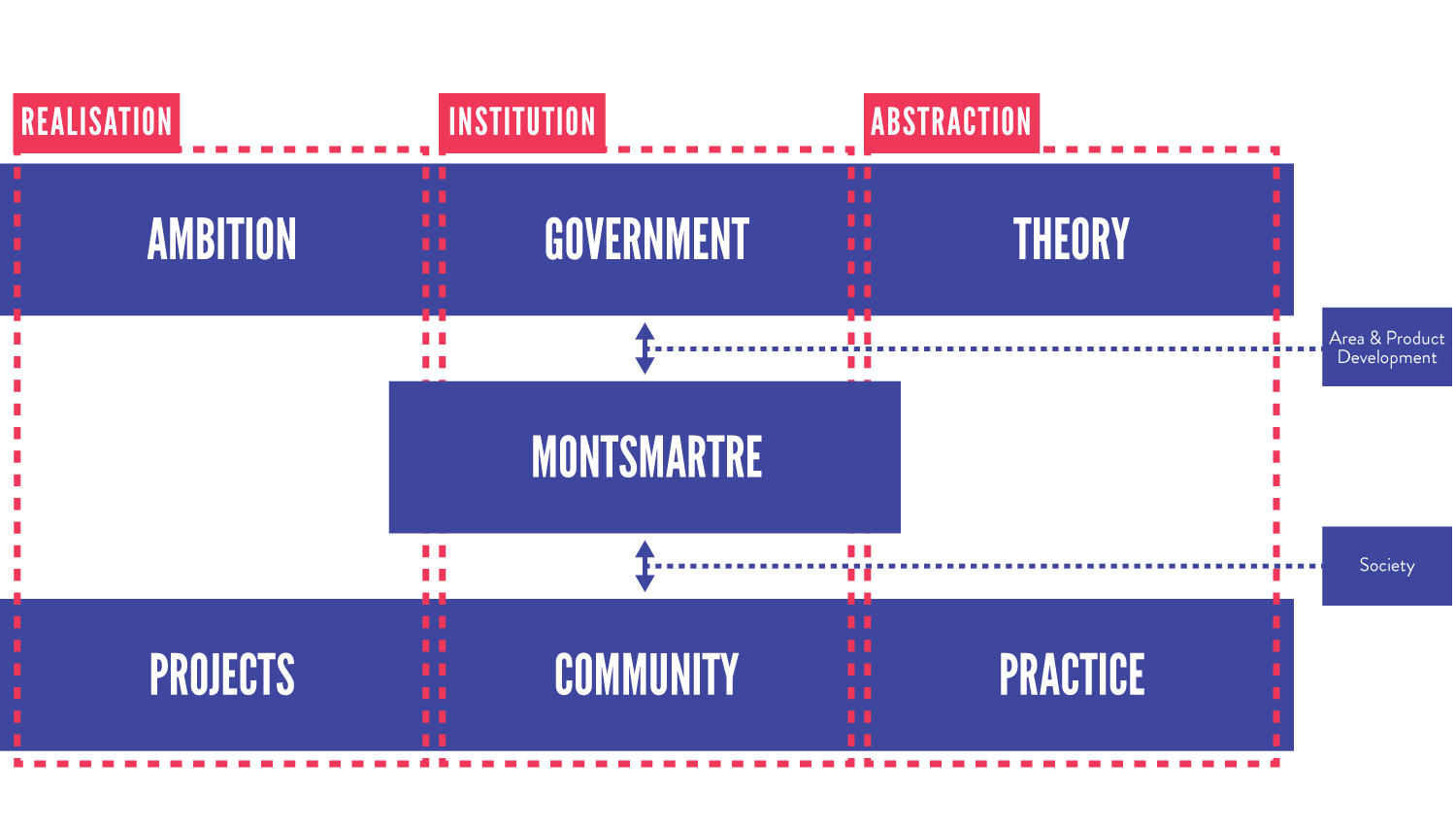A cohesive city approach
Cities are changing. Their populations are growing, and digital technology and globalisation have drastically altered the pace of life. Nearly every city wants to become a truly smart city. Social networks and other technological innovations are becoming increasingly significant, altering the way in which cities are used and bringing a host of new challenges and opportunities.
The market is adapting to these developments. Uber is expanding from taxi service to meal delivery, and Airbnb is developing its own urban development branch. Cities themselves have high aspirations too, competing for titles such as ‘smartest neighbourhood’ and for a place in the many top-ten lists featuring the smartest cities in the Netherlands, Europe or the world.
The design of the smart city is primarily technology driven. Instead of a new urban dynamic, there is often suspicion about the drawbacks of new market initiatives and innovations and about privacy. Users are kept at a distance, and social cohesion is under pressure. There is a gap between the cities people want to live in, and those they actually live in. Cities are also still being designed and built based on general information about demographics, and sociological and economic developments on a macro level.

There is a big difference in how professionals see the urban habitat and how the inhabitants themselves would like to organise it. They have become an abstract quantity, and there is too little room for their dreams, wishes and needs. There are many smart initiatives at a micro level, but little cohesion with developments at a city level and frequently too little power to realise these ambitions. An overarching strategy at neighbourhood or city level is not a given, and there is little cohesion with the solutions offered by businesses. Projects and solutions often run in parallel or work against each other. Effort and needs are not connected, and fundamental links are missing.
We offer a cohesive, user-centred city/borough approach, with a learning network of businesses and institutes. We call it MONTSMARTRE.
MONTSMARTRE goes beyond green facades and smart bus stops.
Human centered urban design
The wishes and needs of city dwellers form the basis of MONTSMARTRE. These will be identified through research and the use of big data. The needs of the citizens are translated into innovative solutions in their own environment. MONTSMARTRE measures whether the interventions lead to improvements in the living comfort of the urban dweller. This is a circular process, constantly interfacing the city residents and the spatial and technological measures.

Healthier, greener, safer and more pleasant
MONTSMARTRE is an integrated package of measures, products and services that makes cities smarter, healthier, greener, safer and more pleasant, based on the wishes and experiences of the people who live there. The approach is based on five concepts.
1. Smart public space
Smart public spaces help to create social cohesion. These spaces can be drastically improved with only limited changes. Instead of costly investment in permanent infrastructure, more experimentation is taking place with shorter-term solutions. New York City, for example, has carried out successful trials using paint and temporary street furniture to develop lively public spaces, combining property investment with spending on public spaces, and investigating what makes such spaces successful.
2. Smart infrastructures
A smart infrastructure offers a better user experience and makes it possible to open up less marketable areas of the city and stimulate their development. A sharing platform for e-bikes, for example, can drastically reduce travel time. Madrid’s BiciMAD is the first complete network of these bikes, with charging stations every 300 metres making the threshold to travel in this way extremely low.
3. Smart buildings
Smart buildings are healthy, energy efficient and, above all, comfortable. But opportunities to enhance liveability can be limited because innovations in designs and materials are not being implemented by the traditional construction sector. Technology can force a breakthrough that gives inhabitants direct access to better material and design choices. WikiHouse is the first open and digital construction system, making it radically easier to design and build a house. You can either outsource the work, or assemble it yourself like an IKEA flatpack.
4. Smart energy
The emergence of electric cars and the rapid progress of solar panels and wind energy provide a challenge for existing electricity grids, which are not always able to cope with intense fluctuations in demand and supply. One answer is gridless cities, in which buildings provide their own energy. Tesla is already providing total solutions with home batteries and roof tiles with solar panels, and Nissan can feed electricity from cars back to the grid.
5. Smart citizenship
A digital administration offers enormous opportunities to stimulate citizenship and entrepreneurship. Local residents and business owners share ideas with one another and the government. Boundaries literally disappear because digital citizenship is not limited by national borders. Estonia has pioneered a digital administration system called X-Road, which ensures that databases from different private- and public-sector bodies work together. One of the most important elements is that the databases are decentralised, so there is no one main owner and that every business or government department can use the product appropriate to them. New services are continually being added.
Within these five concepts, a multitude of tailored smart projects are possible. These include: Smart Mobility & Parking, Smart Retail, Smart Services, Smart Payments, Smart Experience, Smart Community, Smart Visitor management, Smart Food Systems, Smart Lighting, Smart Safe Living.

And what about data?
The amount of data becoming publicly available is growing at an unprecedented rate. But much of it is contaminated or unverified, with users having no control over it, which can cause frustration for them, and huge costs for businesses. Clear principles about the sharing of data increase the benefits for the corporate sector and acceptance by end users. MONTSMARTRE provides a clear basis for data sharing. The Qiy Principles offer an open standard on how data must be handled both legally and technologically, offering the basis for robust business models, ease of access, and unprecedented possibilities for sharing between end users, businesses and government.

Who is MONTSMARTRE?
MONTSMARTRE is a market initiative by pioneering product developers, service providers and area developers who have bundled their knowledge. We ensure an area-focused approach and one cohesive strategy with concrete products and services. We make the benefits visible to everyone, as this forms the engine for further transition. We connect and combine ideas, programmes, budgets and organisations. We also work with businesses, start-ups, networks and knowledge institutions: producers, experts and users. At the same time, we develop transparent market models that allow space for social, community and individual interests.
MONTSMARTRE is an initiative of Anne-Fleur Aronstein, BLOC, Comarch, Dell EMC, Noorderwind and SPIE.

